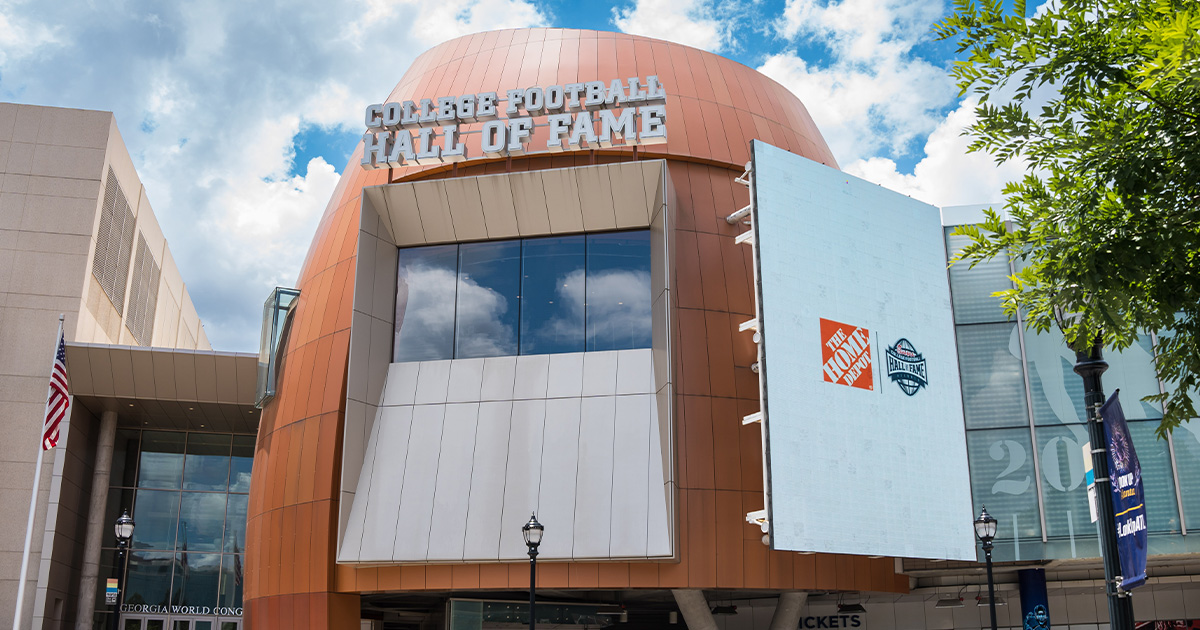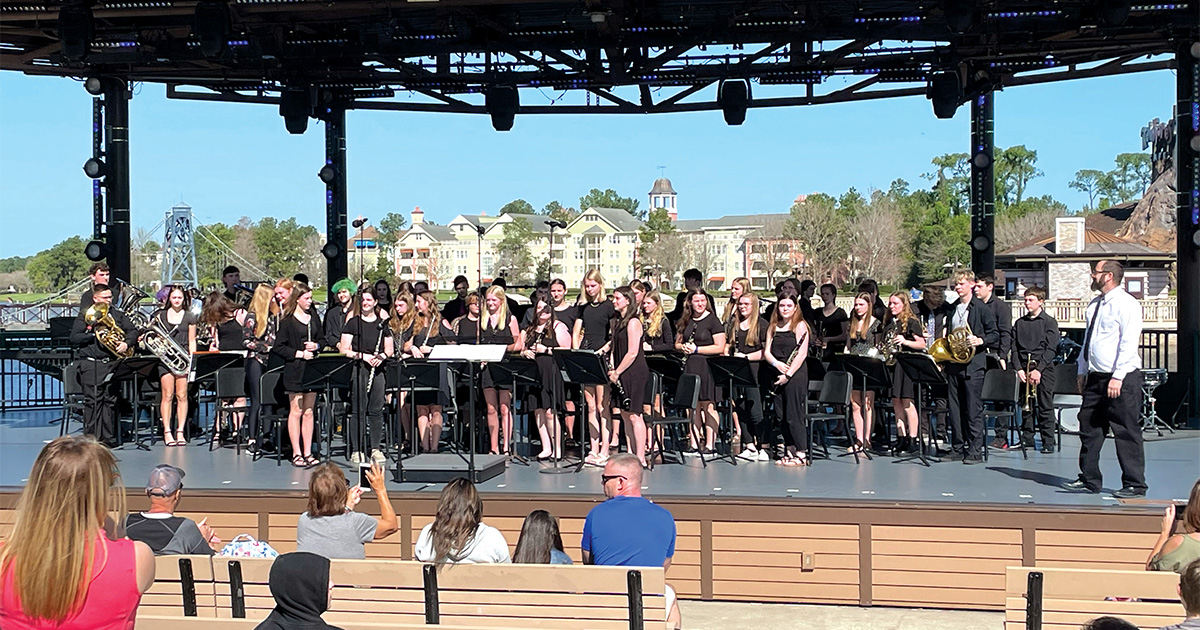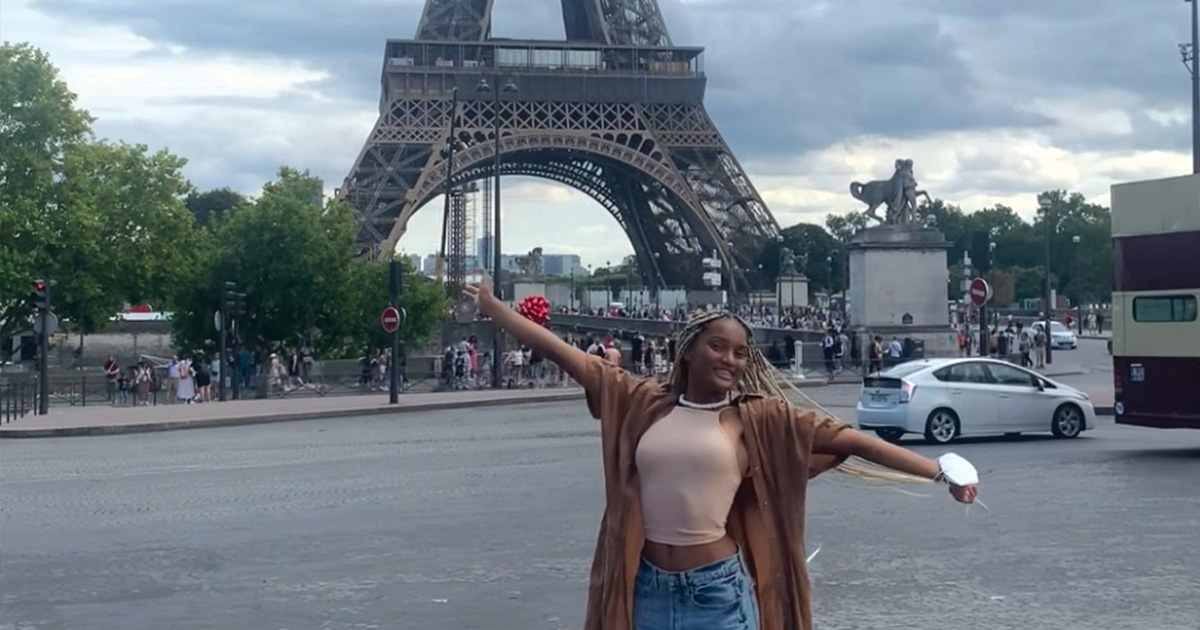Maps can already be found in the geography classroom, but used creatively, they can also be embedded across content areas in ways that enhance learning and encourage higher order thinking. They are also crucial to an educational travel program before, during, and after a trip. They are that natural bridge between your classroom and your travel destination!
Adults often study maps to increase their comprehension of a location, but this skill doesn’t come as naturally to students. As educators, we can encourage our students to do this with places they are learning about in the classroom as well as travel destinations. Looking at maps before and during travel builds knowledge, enables meaning making, allows for spatial visualization, and increases safety. After studying maps, students will understand a location better and, if traveling, be much more equipped to get around.
What maps can you use for this activity? Google Maps are easy and accessible, but lots of maps work. Tourist maps are easy to read because they have sights highlighted and can be a great starting point. They can also be the most fun! Don’t overlook maps of museums, either. If you want to turn a visit to the Smithsonian into a journey, encourage students to map the objects they see in various exhibits!
We can take this one step further and use maps to encourage higher order thinking. A straightforward way to begin is to ask students to create their own routes, either imaginary or real. Doing this transforms them into active travelers in charge of their own journeys. Ask them to compare distance and time (and time of day!), weigh the advantages and disadvantages of different routes, and ultimately evaluate the routes to determine the best one for their purposes. Note that this gives them a literal sense of purpose—exactly what we want.
Remind students to analyze public transportation routes, too. This can lead to a rich discussion about perspective. They might think that on public transport they are missing parts of a city, but you can push them to reconsider the definition of a city. What is Paris, for example? Is it everything above ground that you pass under while riding the Metro? Or does the city of Paris include the Metro? Certainly, students are experiencing Parisian culture through the mode of transportation itself. The mode is its own perspective!
Transit maps give us insight into how communities are connected and how ideas, goods, and people flow. Because transit maps are schematic and relative, they are also excellent at revealing how maps can change our perceptions of distance and connectedness. Places marked on a map can feel more familiar, while those that aren’t might be seen as less desirable or, quite literally, “off the map.” Commuter rails often extend quite far outside a city, but the schematic transit map can make the communities on those rail lines look connected. Have students compare the geographic versions of transit maps to the official transit maps (Philadelphia’s SEPTA is a doozy!) and reflect on how the differences might influence perceptions of a city.
Maps can also be used to teach the higher order thinking skill of inference-making. Begin by showing students a map and ask them, “What do you see?” Then, take them up a level of thinking and ask, “What can you infer?” Some students will inevitably mix up observations and inferences, making this a useful exercise for demonstrating the difference between the two. The most fun maps for inference-making are often richly detailed historical maps, like a fifteenth-century map of Florence, because they require students to shift their perspective and make inferences about how people from another time viewed their world.
Maps can also be used to teach arguments because they are themselves arguments. Show maps with an obvious bias, like the famous View of the World from 9th Avenue, to begin getting students to assess arguments. Explore further by asking students to compare the place names they are familiar with to place names on maps of indigenous lands and explain how places were often (re)named with little regard to how indigenous communities identified them. You can also ask students to note what is included/excluded and emphasized/minimized on a map. Lastly, examine borders and who drew them. Do they reflect culture? Political interests? Always return to the powerful, perspective-transforming question, “What is this map arguing?”
Through the activities and ideas above, we hope that you will use maps to engage students in higher order thinking. In doing so, you will transform their perspective on places, as well as their own place within those spaces. Ultimately, they will see their world, and themselves, in new ways!
This article is courtesy of WorldStrides, a SYTA member tour operator.





